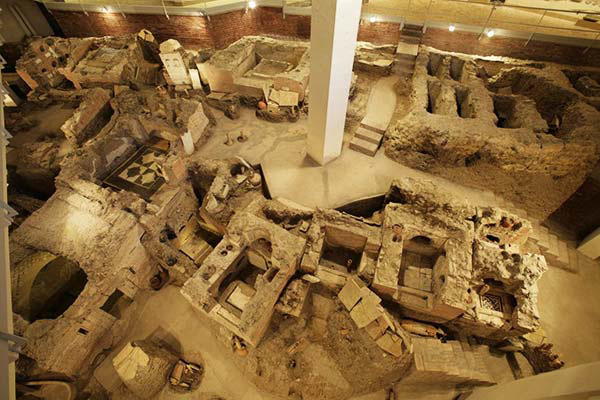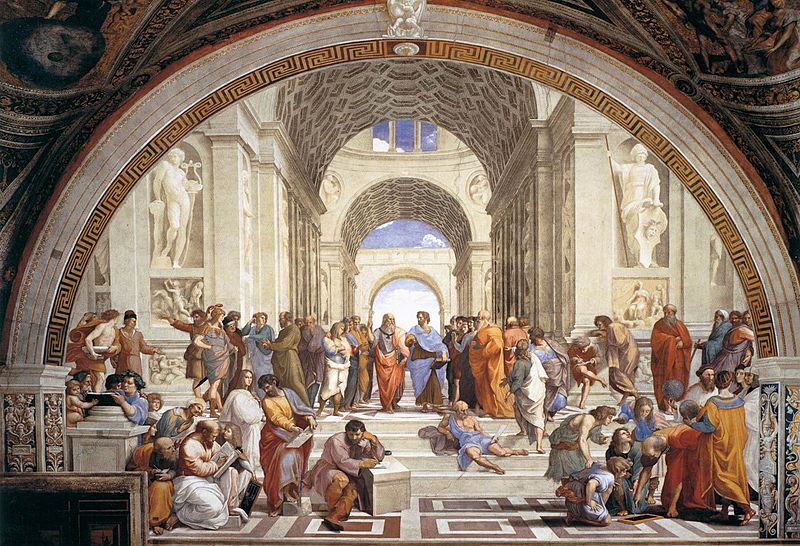An Etruscan necropolis with a scenic trecking itinerary through Archeological burial chambers and a forest on a volcanic tufa canyon, a stone-throw away from Rome and Civitavecchia port.

Good walking required.
All year long. English, French, Spanish, Italian.
Questo indirizzo email è protetto dagli spambots. È necessario abilitare JavaScript per vederlo.
The most important tombs are to be fopund in the necropoli of Poggio Castello, Greppo Cenale (Tomba Thansinas), Caiolo (Cuccumella, Caiolo grave, the Carro (chariot) tomb, the Regina (Queen) tomb, the Palazzine (villas), the porched tombs, the Cirlanti tomb and the Cervo (deer) tomb of which the bas-relief was taken from the park), Poggio S. Simone, Ara del Tesoro, Chiusa Cima (the Cima grave with the most tombs, sculptured ceilings and traces of paintings, the Costa tomb, the Rosi tomb) and Chiuse Vallerani (M.Gabbrielli tomb). There is a modest but interesting museum in Barbarano Romano where bronze and ceramic exhibits are kept along with sarcophaguses and tuff obelisks which are characteristic of this region. This Etruscan centre is two kilometres north-east of Barbarano Romano, its original name is ignored (Marturanum?). Its present name originates from the venerated saint of a modest little church on a plain. The old part and the necropolis are encased in one of the most fascinating parks in Italy, where nature and the environment, archeology and art make up a perfect union. The oldest documentation of the town dates back to the Villanovian period (X cent. B.C.). The town benefitted from a period of well-being towards the end of the VII and during the VI cent. B.C. It had a new power of strength towards the end of the IV and III centuries Evidence of a Roman period is almost inexistent. The Etruscan settlement was situated on a deserted plain and gave way to the outer valleys where there were two modest watercourses that on joining the top enabled their waters to flow into the Biedano. A Roman bath that made use of an Etruscan reservoir, the odd remains of a wall, several underground passages are all that remain. The surrounding necropoli are imposing and vast and occupied the high rocks in cronological order (VII-I cent. B.C.). There are large graves built in blocks or out of tuff, chamber and porch tombs and cubed tombs that due to their decorations reveal a Ceretan cultural influence; a mixture of pit, niche and locule tombs.
For more info please write to Questo indirizzo email è protetto dagli spambots. È necessario abilitare JavaScript per vederlo.






